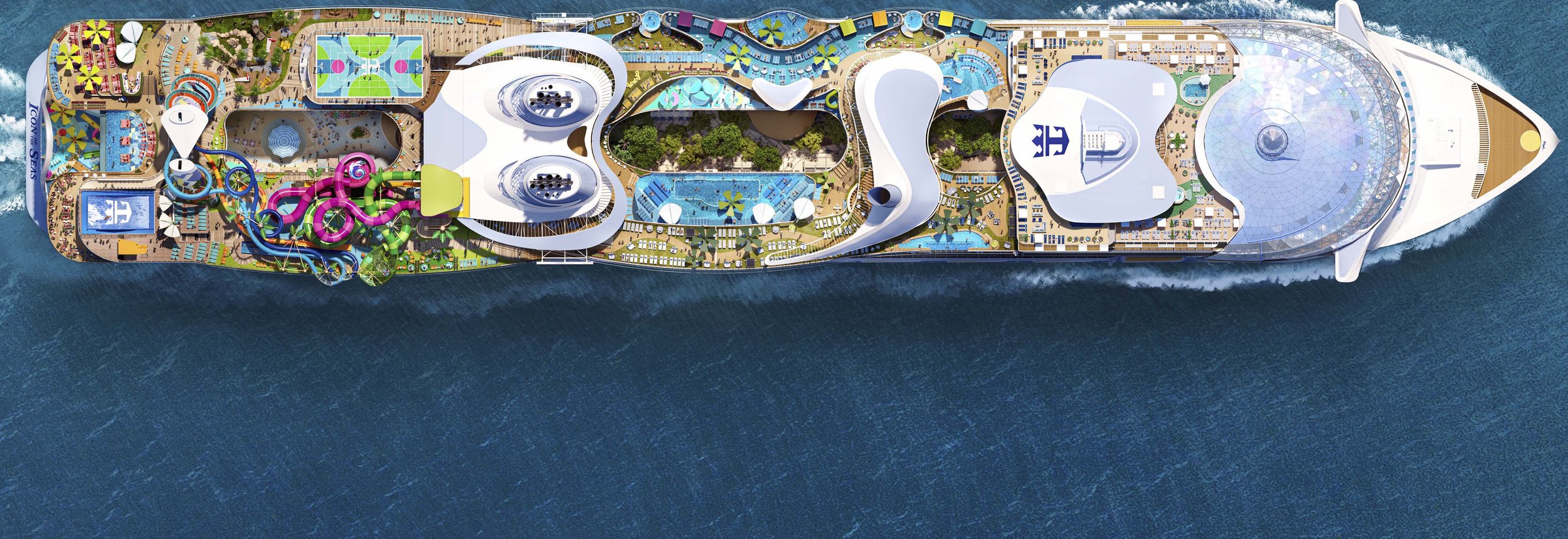“I guess I just thought it would be a cool day in the mountains. A micro-adventure. An epic day out.”
This is how Ryan Sandes, South Africa’s most accomplished trail runner, explains the genesis for his 13 Peaks Challenge, which has enthralled outdoorsy locals and is fast putting Table Mountain on the global trail-running map. We’re sitting in the warm summer sunshine on a mountainside above Cape Town, the city he calls home, as he breaks down the route, which traverses a little more than 62 miles, with nearly 20,000 feet of vertical ascent, across 13 of the most famous peaks in Table Mountain National Park. Sandes’s rules for the challenge are pleasingly simple: start and end at Signal Hill, above the city center, and tag all 13 summits in order. Beyond those guidelines, there’s no strict route, and runners can opt to complete the challenge within 48 hours or spread it out over multiple days.
Sandes had plenty of experience to draw from in creating this challenge. In the world of ultra-distance trail running, he has earned his status as one of the toughest athletes on the planet. He first burst onto the scene in 2008 by winning the Gobi March, a self-supported race across 155 miles of the Central Mongolian steppes. It was his first major competitive outing, and it came, remarkably, just two years after he’d run his first marathon.
By 2010, Sandes had become the first person to win every event in the 4 Deserts ultramarathon series, a collection of grueling trials across Chile’s Atacama Desert, China’s Gobi Desert, the Sahara Desert in Egypt, and the frozen “white desert” of Antarctica. Over the next decade, he clocked multiple wins around the globe, including the North Face TransGranCanaria and the Leadville Trail 100 Run in the Rocky Mountains, and in 2017, he became the first person to win an ultra-distance trail race on all seven continents. The true watershed year for Sandes, however, was 2017; that’s when he added to his mantelpiece a long-awaited win at the Western States, the world’s oldest 100-mile trail race, which crosses California’s Sierra Nevada range. If that’s not enough, in 2018, he and running partner Ryno Griesel set the fastest known time on the Great Himalaya Trail, running across more than 1,000 miles of Nepal’s mountains in just 24 days.
“I’ve been lucky enough to travel the world with my running, but the one constant that has truly shaped my career has been Table Mountain,” says Sandes, today a Red Bull athlete and member of the Salomon global trail running team. “I’m always grateful that I can come back from a race abroad, good or bad, and run the trails I’ve enjoyed for so many years.”
Table Mountain dominates the skyline in Cape Town. Rising from sea level to more than 3,500 feet at in under three miles, its vertiginous slopes—not to mention the other high peaks that surround it within the park—make for a dramatic backdrop to South Africa’s cosmopolitan Mother City. The indigenous Khoi-San people, awed by the sandstone cliffs, originally called it Hoerikwaggo, the “mountain in the sea.” For most of the 13 Peaks route, it’s easy to see why.
Sandes’s first tried to tackle all 13 Peaks in 2019. The challenge was little more than a sketch in a notebook at the time, and his initial attempt proved to be something of an enjoyable disaster. “I wasn’t too good at measuring the distance, and I thought it’d be about 50 kilometers [31 miles] or so. I thought we’d be done by lunchtime,” he says with a laugh. “By lunchtime, we were less than halfway.” At 11 p.m. he and his running mate were still out in the mountains, with 55 miles behind them and headlamps failing. Just before reaching the 13th summit, Devil’s Peak, they called it a day.
Although the reconnaissance mission didn’t go quite as planned, Sandes knew he was onto something special. “It was such an epic way to see different parts of Table Mountain, and I thought it’d be cool to enable other people to do this challenge—to have a micro-adventure, but not in a race format,” he says.
Before long, the 13 Peaks Challenge was gaining traction on social media, as trail runners looking to follow in Sandes’s footsteps began posting their own adventures in the park. Today more than 1,000 runners—ranging from teenagers to sexagenarians and coming from both the suburbs around the mountain and cities on the other side of the world— have completed the journey. Some tackle it simply to test themselves, others to raise money for charity. Perhaps most impactfully, in a country where race remains a divisive issue a quarter-century after the end of apartheid and sports are often split down racial lines, Sandes notes that “the complete diversity of runners taking on the challenge is just so refreshing.”
Part of the charm of 13 Peaks is its simplicity. There’s no entry fee, no fanfare, no timekeepers, and no prize on offer, save for a swatch of cloth Sandes gives (for free) to all finishers. “13 Peaks is about setting yourself a personal challenge and being out in the mountains,” Sandes says. “It’s about the sense of adventure and the unknown. That’s the real essence of trail running.”
Of course, Sandes couldn’t help but up the stakes for serious trail runners. Last year, he introduced a new category, The Impossible, which challenges runners to complete the route in 13 hours. Does it live up to the name? In August 2020, Sandes shaved two hours off his personal best time, but couldn’t quite get under the wire, finishing in 13 hours and 41 minutes.
I’ve hiked these paths and peaks at various times throughout the years, and had hoped to do the 13 Peaks Challenge myself in the course of writing this story, but a knee injury delayed my attempt. I’m able, however, to get a sense of the experience—and the exhaustion—that comes with the course by reliving it with Sandes.
We meet on the summit of Signal Hill, the circuit’s starting point. The city views are impressive from up here, but my gaze is drawn south, to the second peak, Lion’s Head, which is as popular among trail runners as it is among Instagrammers slogging up for skyline selfies. At full moon, when locals traipse up to watch the moon rise over the city, it’s standing-room only on the bald rocky summit.
Though none of the peaks is a walk in the park, the most difficult may be Muizenberg Peak, No. 10, the most southerly spot on the challenge. “Muizenberg Peak is a real outlier, and I think a lot of people would have been happier with 12 Peaks,” Sandes says, laughing. “It can be quite daunting, but it really adds a different dimension as you look out across the False Bay coastline.”
Things don’t necessarily get easier on the home stretch, though. “Your legs are tired, and you still have a few big climbs ahead,” explains Sandes. “You think you’re nearly there, but you still have such a long way to go. It’s where the mental battle really begins.” The next obstacle, Constantiaberg Peak, requires a stiff climb to its 3,000-foot summit, before the route drops down to Constantia Nek. This pass through the mountain range is hugely popular with local hikers, many of whom are drawn by the botanical biodiversity here, as the waterfalls and shady valleys are home to many of the 80 wild orchid species found in the park.
For 13 Peaks runners, however, there’s little time to smell the roses. The trail goes almost straight up the mountain slope to tag Klassenkop before, maddeningly, dropping back down to almost the same previous level along the sheer steps of Nursery Ravine.
Any temptation to quit certainly won’t be helped by the sight of the picnics laid out in the Kirstenbosch Botanical Gardens just below. If there’s reason for hope, it’s that only Devil’s Peak remains. The bad news? It’s the second-highest summit in the Challenge, requiring a calf-burning climb up Newlands Ravine to reach the top.
On the final stretch looping back to Signal Hill, though, the aches are muted by the scenery. The city falls away to the right. In the distance, the infamous Robben Island prison—where Nelson Mandela spent 18 of his 27 years in captivity—rises from the shimmering blue waters of Table Bay. To the left lies the ancient sandstone amphitheater of Table Mountain, and the path up Platteklip Gorge that the runner first tackled 55 miles back. Between panting breaths there’s just enough energy to think that, yes, Sandes was right: The 13 Peaks Challenge is nothing short of an epic day out in the mountains.
















